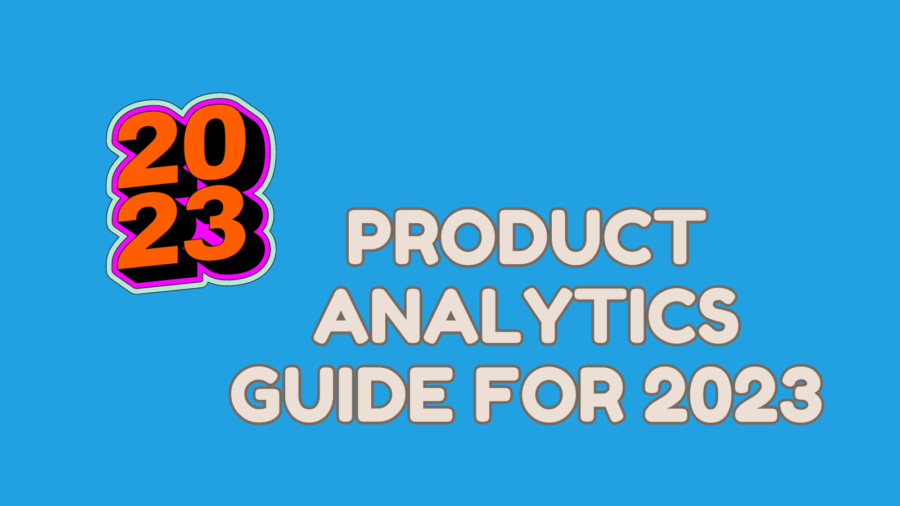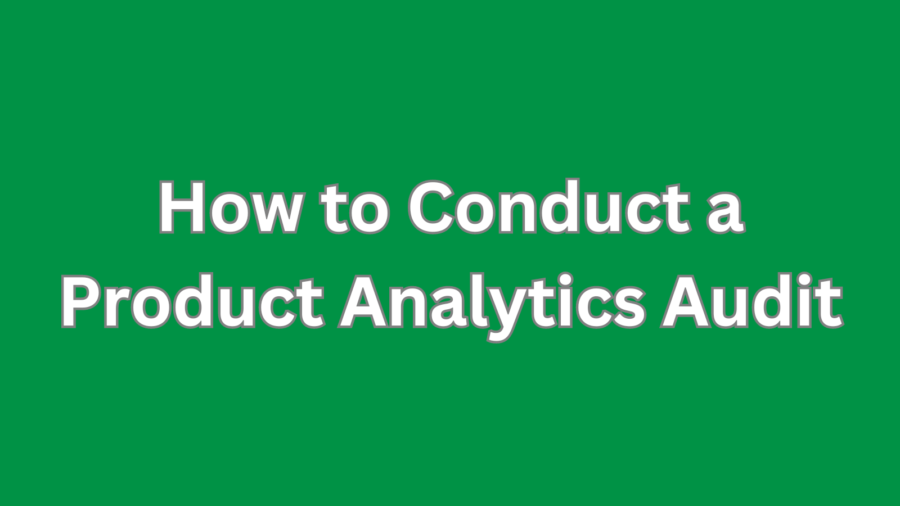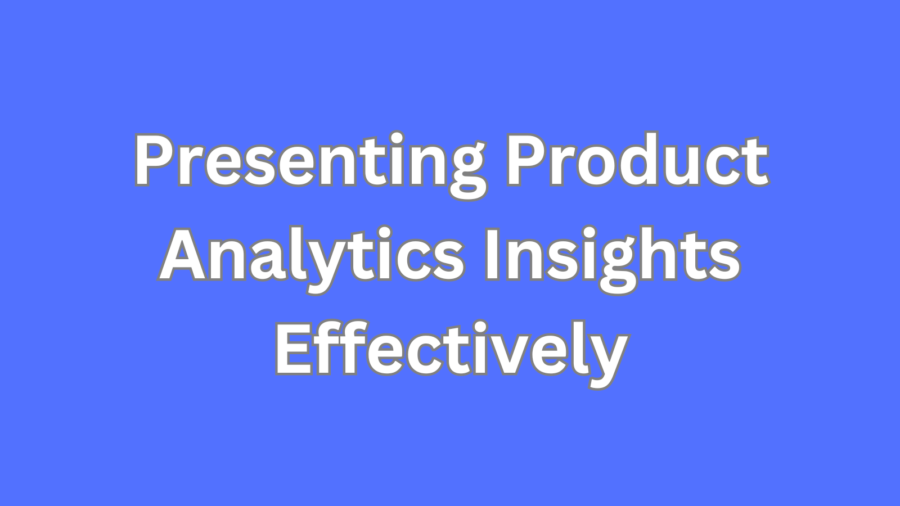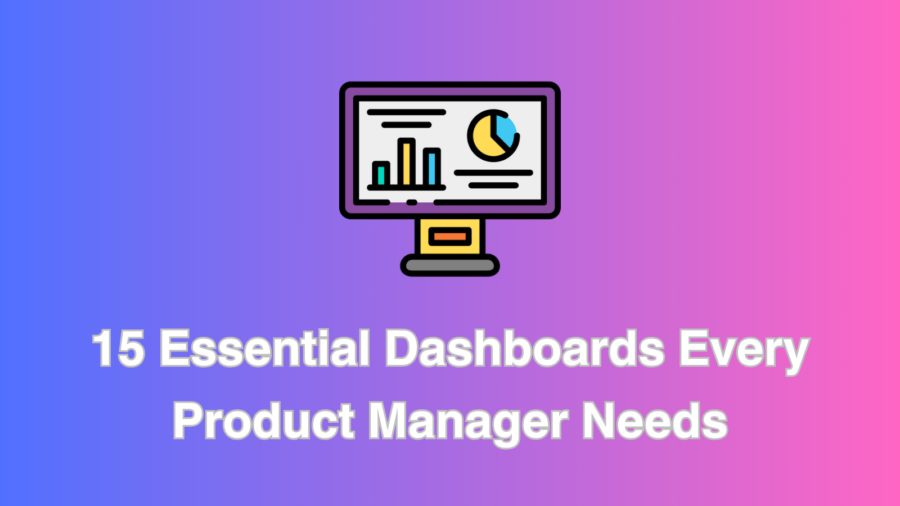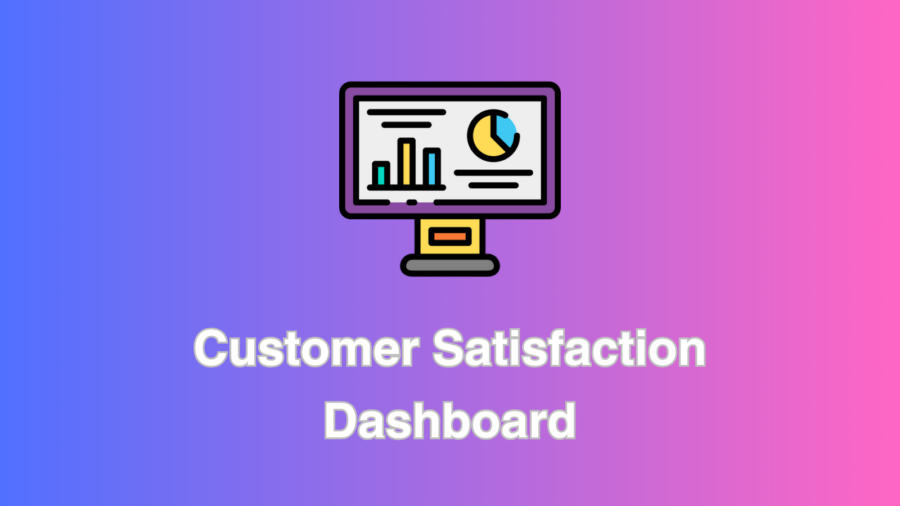Product analytics systematically examines quantitative data to gauge user and customer interactions with a product or service. It can provide insights into user behavior, preferences, and needs, helping businesses improve their products, marketing strategies, and customer retention rates.
Who Can Benefit from Product Analytics?
While all businesses can benefit from product analytics, it is especially valuable for companies with web apps, mobile apps, and digital-centric revenue models, such as e-commerce businesses. These businesses have access to a large amount of user data, which can be used to gain valuable insights into how users behave and interact with their products.
How to Get Started with Product Analytics
Before investing in product analytics tools, it is important to clearly understand your business goals and what you want to achieve with analytics. Once you understand your goals well, you can develop a tracking plan and select the right tools for your needs.
Tracking Plan
Your tracking plan should outline all the events and properties you want to track. Events are user-initiated actions, such as signing up, clicking a button, or purchasing. Properties are associated with events, such as the type of device the user uses or the country they are from.
Analytics Tools
Several different product analytics tools are available, each with its own strengths and weaknesses. Some of the most popular tools include:
Essential Reports
Some of the most essential product analytics reports include:
- Funnels: Funnels show how users progress through a specific process, such as onboarding or checkout. This information can be used to identify areas where users are dropping off and make improvements.
- Cohorts: Cohort analysis is used to compare the behavior of different groups of users over time. This can be used to identify which user acquisition strategies are most effective and which features are most engaging.
- Segmentation: Segmentation allows you to divide your users into different groups based on their demographics, behavior, or other factors. This information can be used to create targeted marketing campaigns and product improvements.
- Event-Based Notifications: Event-based notifications allow you to send personalized messages to users based on their actions. This can be used to encourage users to complete certain tasks, such as signing up for a newsletter or making a purchase.
Long-Term Challenges
Effectively managing product analytics data over the long term requires vigilance and addressing common challenges, such as:
- Naming Conventions: Maintaining logical and comprehensible naming conventions for events and properties is important. This will ensure that everyone in your organization understands what the data means.
- Training and Education: Ensuring your team has the necessary skills to use analytics tools effectively is important. Ongoing training and support can help to maximize the value of these tools.
- Data Accuracy: It is important to regularly monitor and maintain data accuracy to ensure that everyone in your organization is working with the same information. Tracking errors can emerge after product updates or significant changes.
Conclusion
Product analytics is a powerful tool that can help businesses of all sizes improve their products, marketing strategies, and customer retention rates. By understanding how users interact with their products, businesses can make informed decisions about how to make better products, reach more customers, and keep them coming back for more.
However, it is important to note that product analytics is not a one-size-fits-all solution. Businesses should only invest in this area when they clearly understand their goals and what they want to achieve. Additionally, it is important to remember that implementing analytics tools is just the beginning; learning how to use the data effectively takes time and effort.
If you are considering using product analytics to improve your business, I encourage you to start by clearly understanding your goals and what you want to achieve. Once you understand your goals well, you can develop a tracking plan and select the right tools for your needs. With the right tools and a clear plan in place, product analytics can be a powerful tool for helping you achieve your business goals.
Product analytics is a journey, not a destination. By following these tips, you can embark on a journey that will help you understand your users better and create products and services they love.

